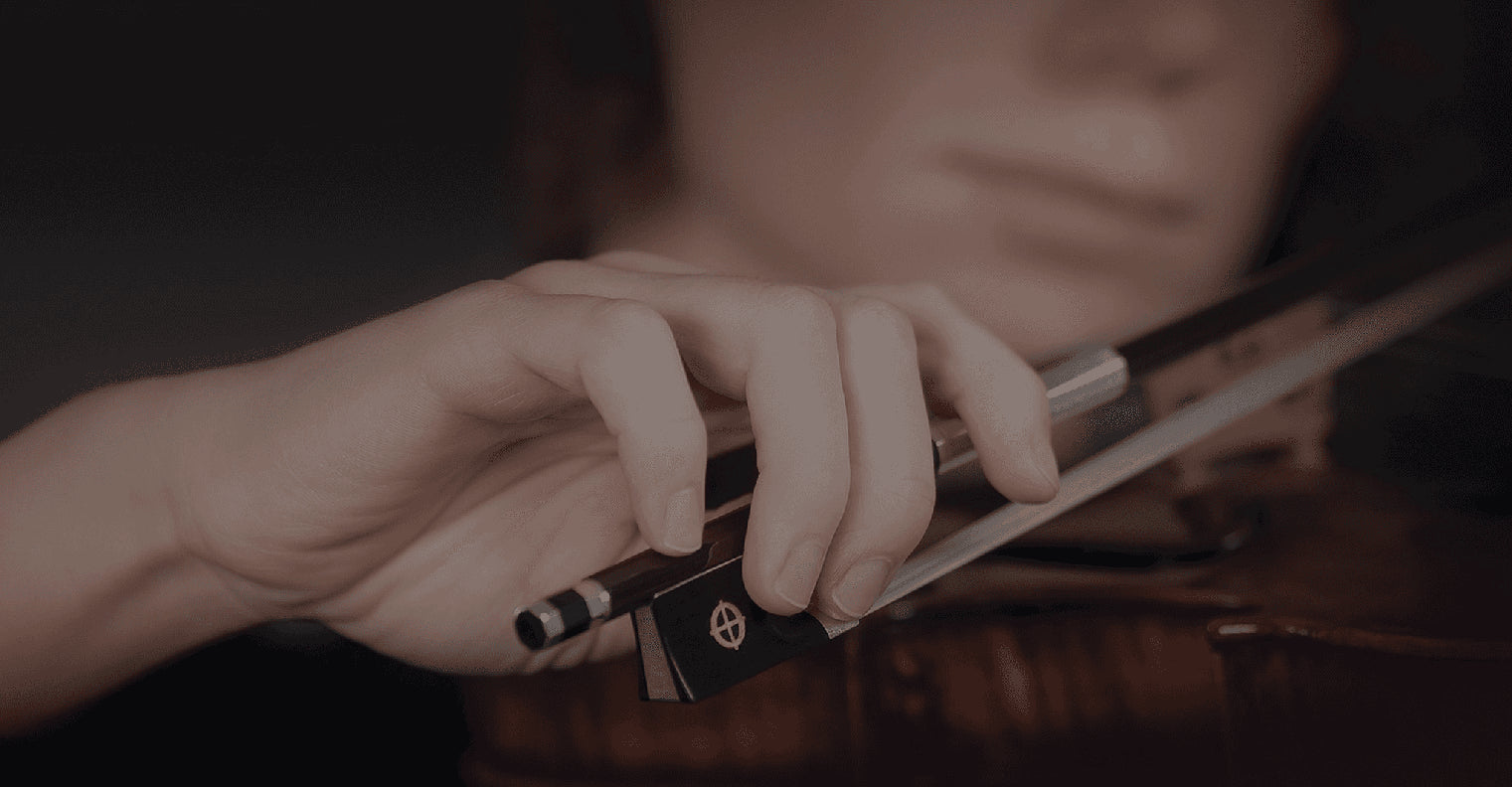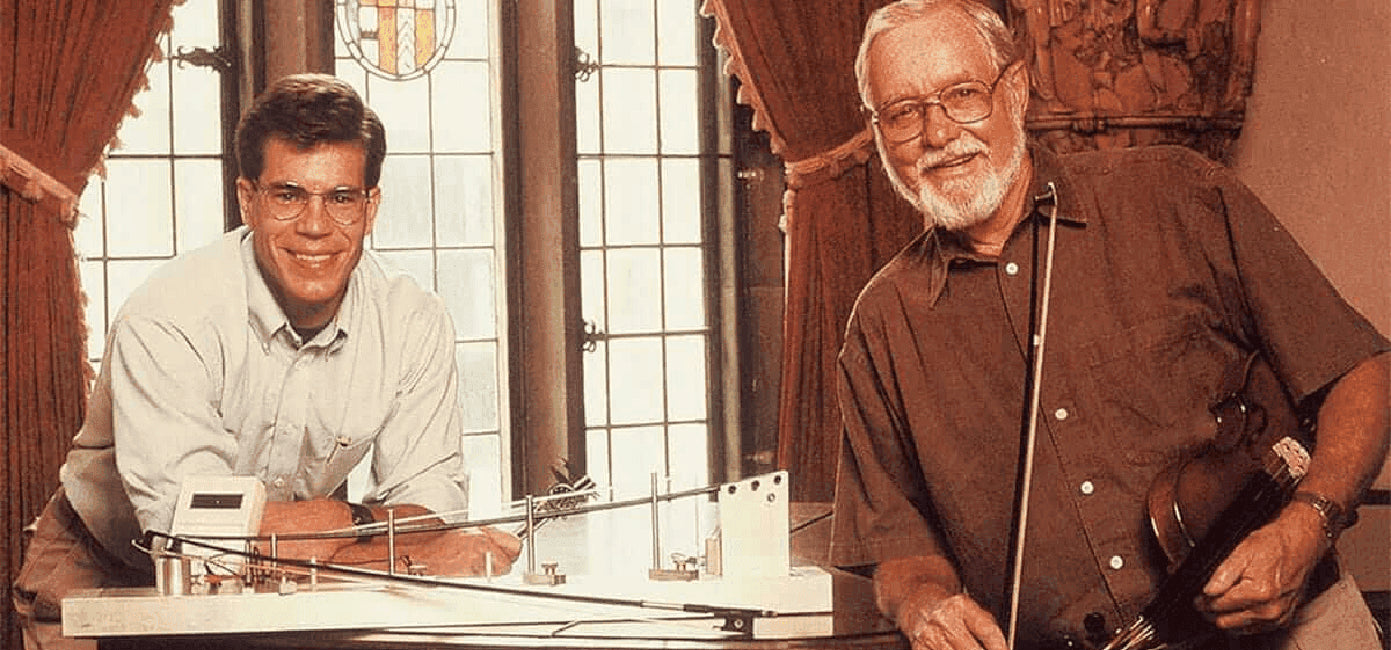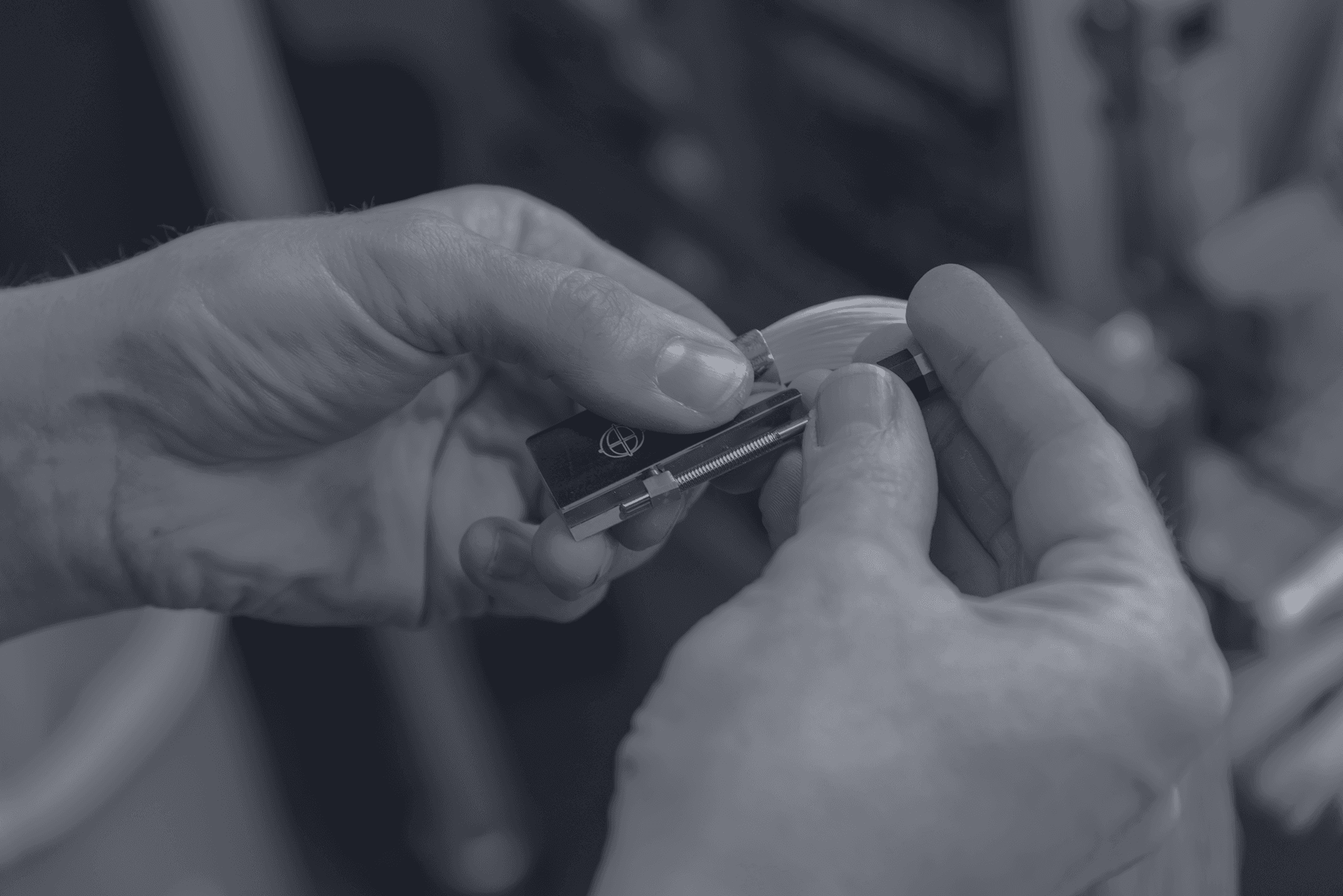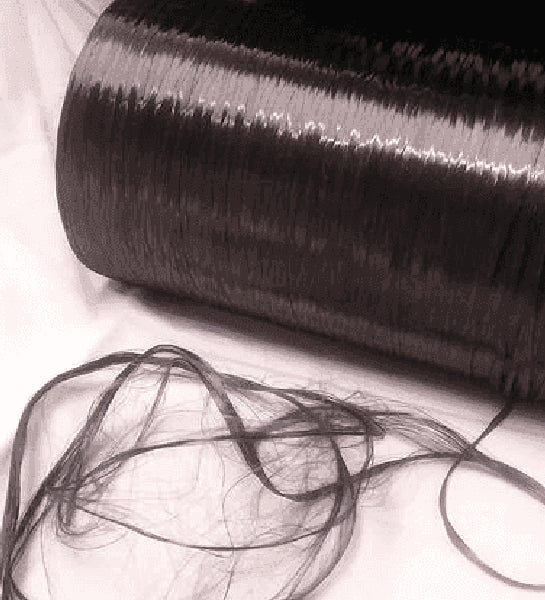
History and Heritage

In 1958, Dr. Roger Bacon carried samples of his newly invented material into the Naval Ordnance Lab. He wanted official ASTM specifications for his carbon fiber, or ‘graphite whiskers,’ and Stan Prosen was the man to do it — he had developed the standards after all. Stan fashioned the carbon fiber into a standard-sized test ring. What his tests revealed, though, was anything but standard; this was a revolutionary new material. In his notebook, Stan scribed the prescient if understated memo: “Strength and modulus of carbon-based fibercarbon ring indicates that such fibers will soon outperform glass and other fibers in composite structures.” And then — perhaps in his excitement — he dropped the ring.
It hit the floor, bouncing back almost to its original height. It was not just the remarkable efficiency of that bounce that caught his attention, however, but the sound the ring produced against the tile floor — a tone remarkably clear and sustained, unlike anything he had ever heard before. Within 20 years, high-performance carbon fiber was revolutionizing industries as diverse as medical technology, aviation, architecture, and recreation, making it one of the most significant material advances of the 20th century. But Stan, who came from a musical family, was still thinking about the sound of that ring drop in his laboratory and how to harness its acoustic properties to make beautiful music.


USA Made
Early prototypes of the CodaBow were born in the attic laboratory of a dormant liniment factory in Winona, Minnesota. Amidst the hand-blown flasks and graduated cylinders, the makers gathered their ingredients. Some ingredients, like graphite-fiber technology, were new to bow making, yet some were as old as bow making itself: a passion for the art, a dedication to the science, and an uncompromising commitment to performance. In all our craft, CodaBow continues to honor the significant historical events that pioneered the modern bow, whether two decades ago creating prototypes in an attic, five decades ago testing a new advanced material in a lab, or two centuries ago in a Parisian workshop where M.Tourte revolutionized the concept of a stringed bow.
During all those years, CodaBow founder Stan Prosen held onto that original carbon fiber test ring, the one whose remarkable tone first inspired the idea for a new type of bow. It sits in the CodaBow Workshop today, a reminder of our origins, and a continuing source of inspiration as we produce the finest American-made carbon fiber orchestra bows for the violin, viola, cello, and bass.
CodaBow's Story
Pioneers
-

Stan Prosen
Pioneer / Material ScientistKnown as the "Grandfather of Composites," Stan, together with Roger Bacon, the inventor of carbon fiber, fabricated the earliest carbon fiber parts ever made. While testing one notable part, the NOL ring, Stan accidentally dropped it and discovered the “uncommon resonance” that would later inspire what eventually became the CodaBow. Despite numerous scientific publications, patents, ASTM standards, and some of the highest industry awards to his name, Stan considered pioneering the carbon fiber bow to be his greatest professional contribution to humanity.
Read More -

Jeff Van Fossen
Bow Designer / Aerospace EngineerSoon after Jeff graduated from Princeton University with a degree in Aerospace Engineering, a chance encounter with Stan redirected his gaze from exploring galaxies far far away to pioneering beautiful new frontiers here on Earth. Jeff’s expertise in structural design and his passion for music lent themselves extraordinarily to the science of improving bow performance through advanced technologies. He considers working with such industry giants as Stan and Roger to be his greatest professional honor.
Read More -

Roger Zabinski
Master Bow MakerOne of his era's most respected traditional bow makers, Roger embodied a passion for excellence in bow making. Handcrafting fine pernambuco bows in the French tradition for over 40 years, Roger developed a style recognized worldwide for its elegance and playability. His American-made orchestra bows are found in the hands of some of the finest players of our time and hold permanent residence in the Smithsonian Institution’s musical instrument collection.
Read More
Sign up for our Newsletter
Sign up for our email list to stay up to date on all things CodaBow.


